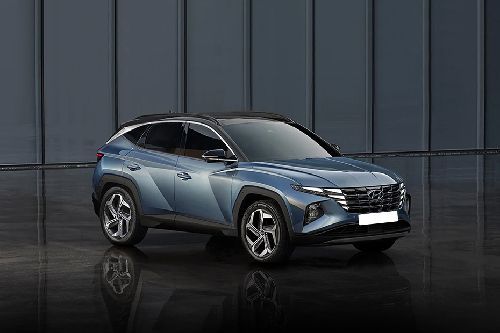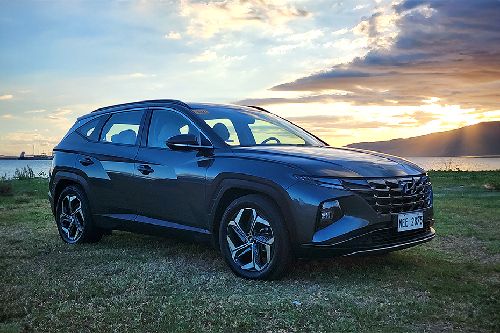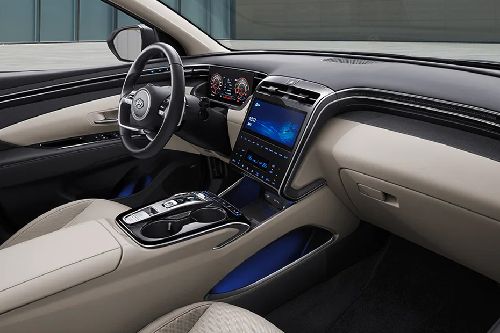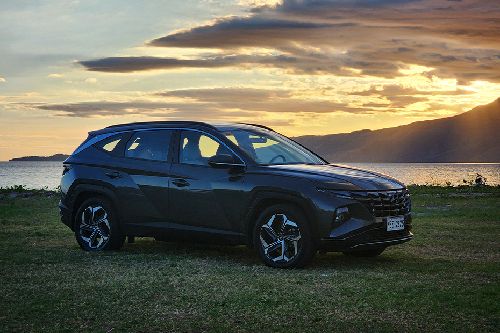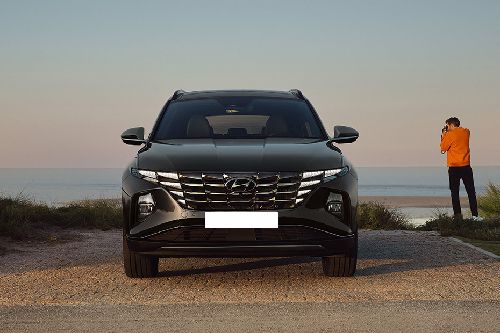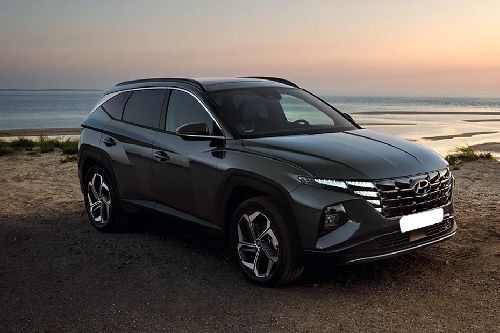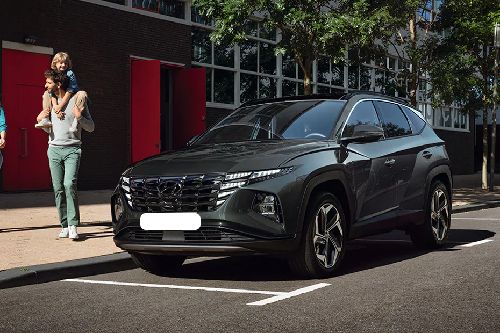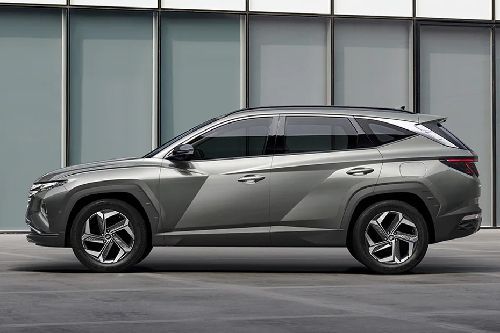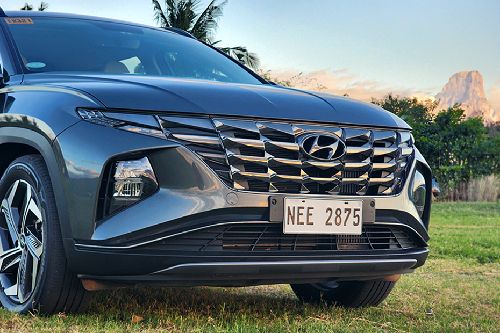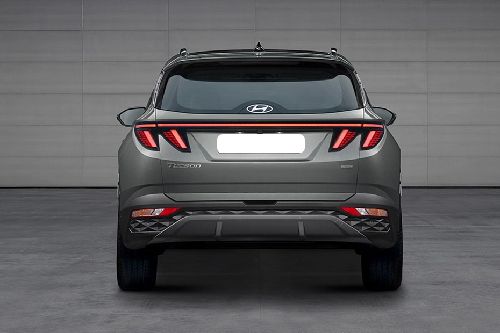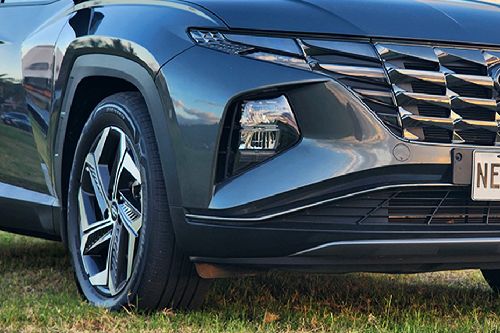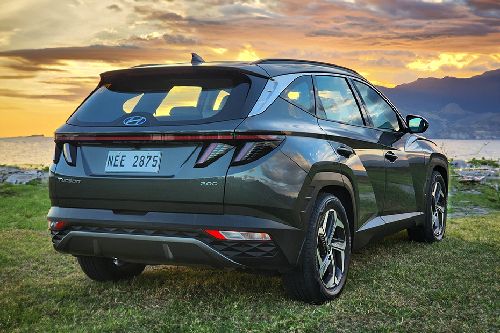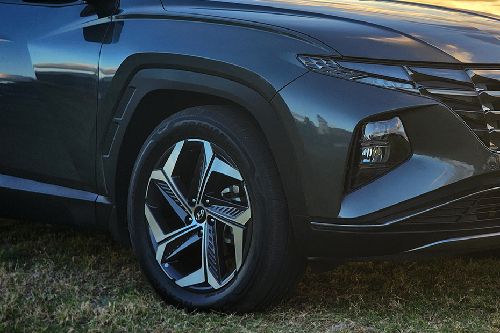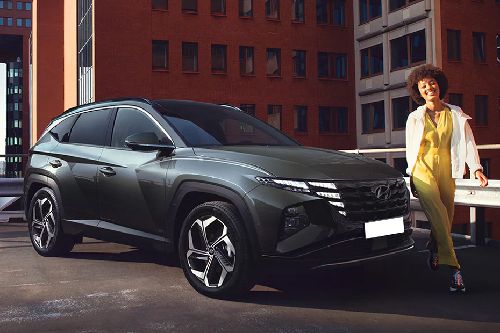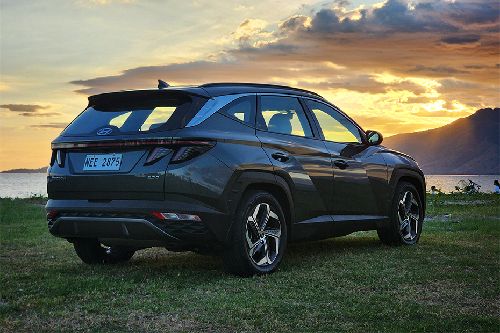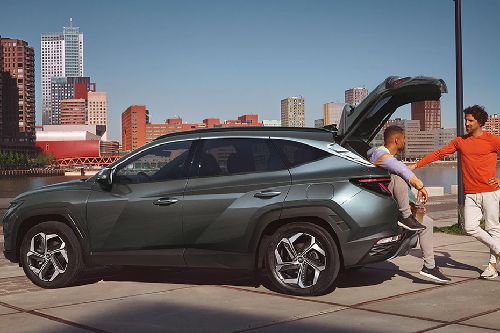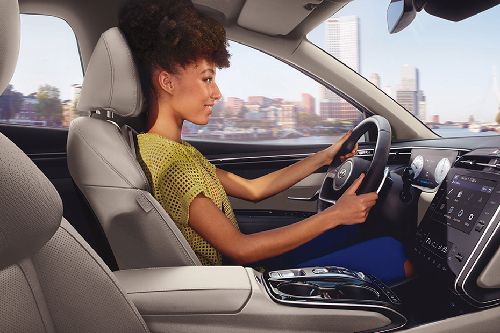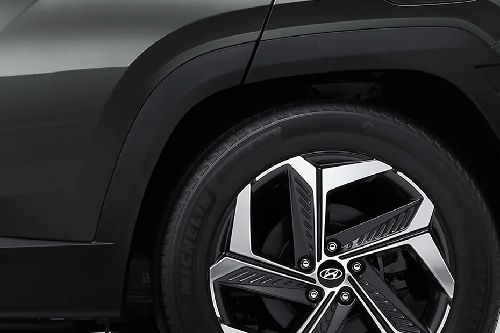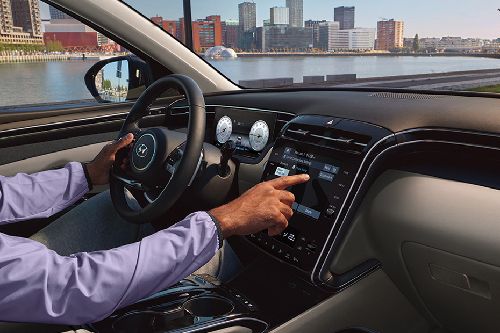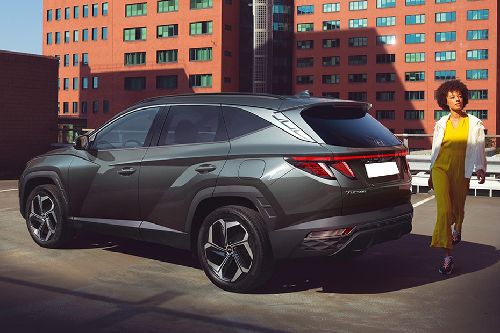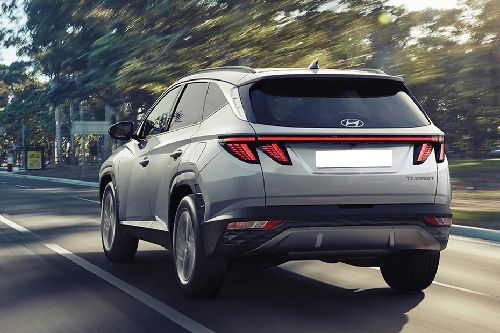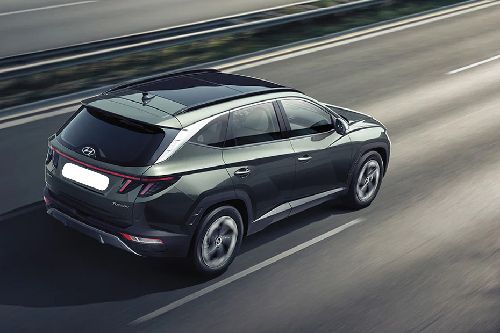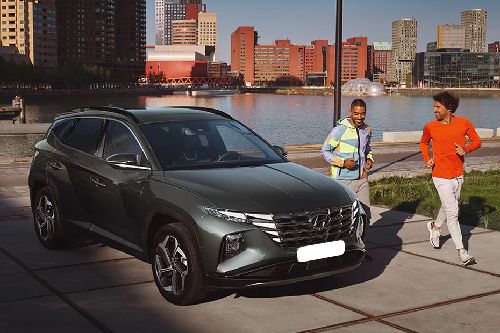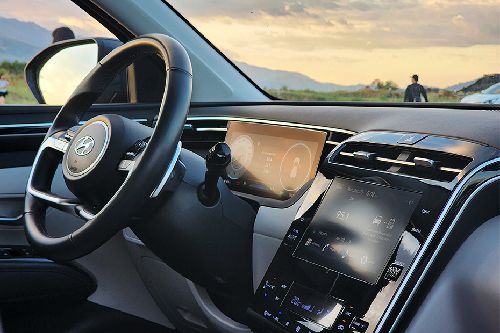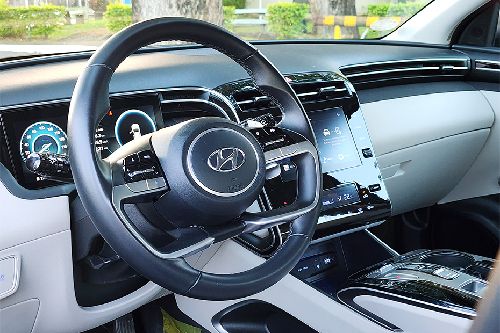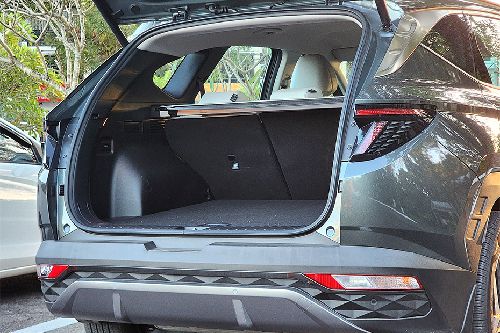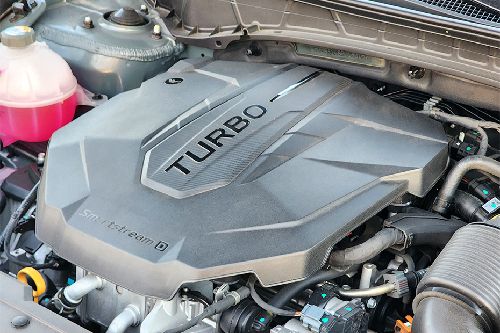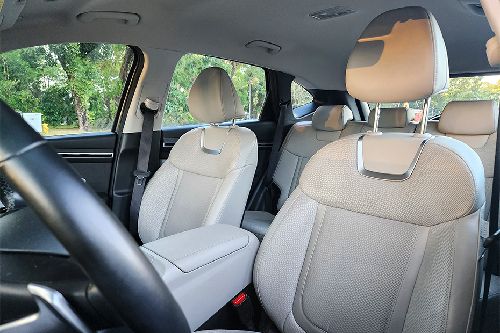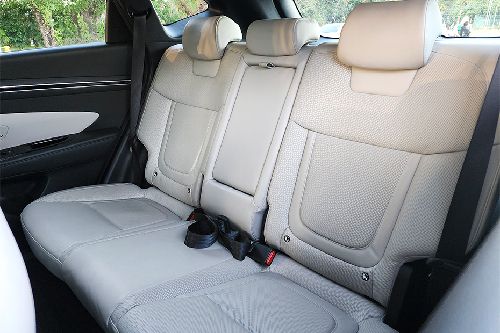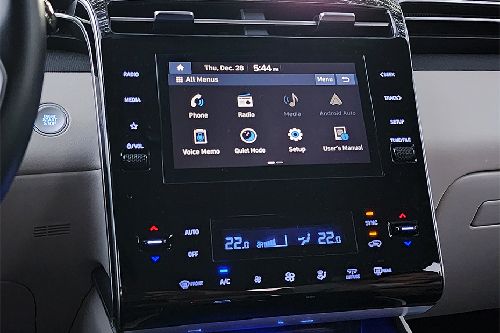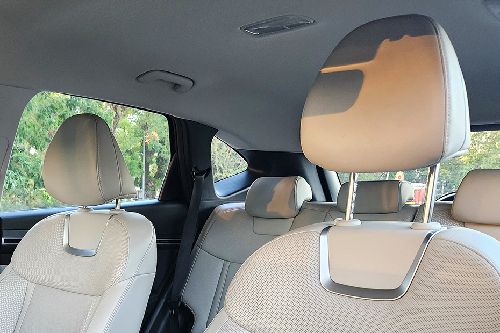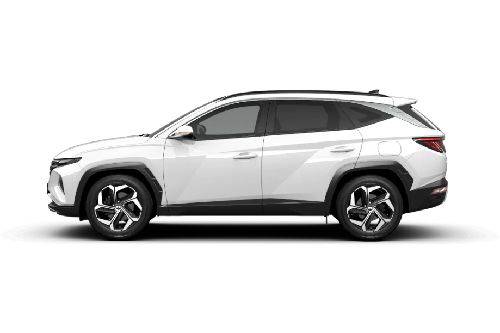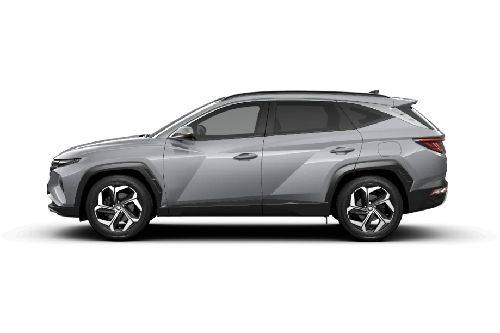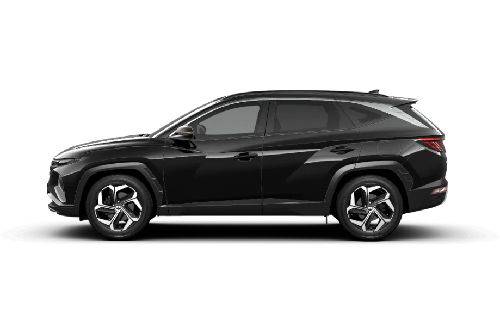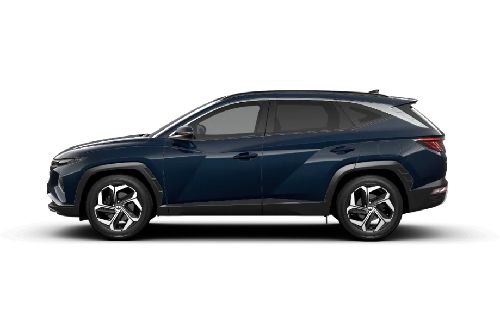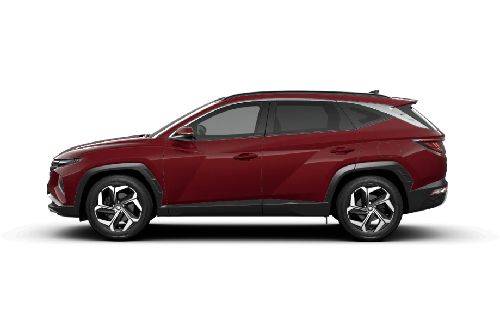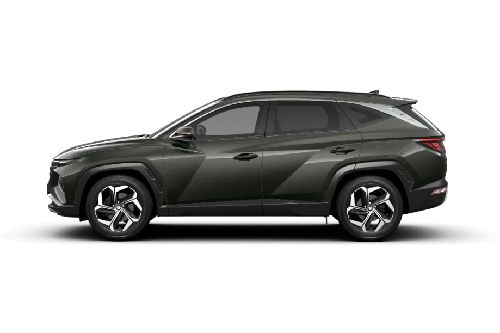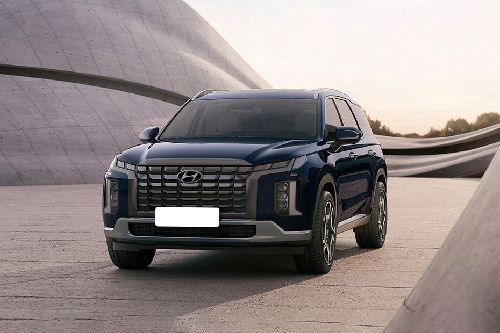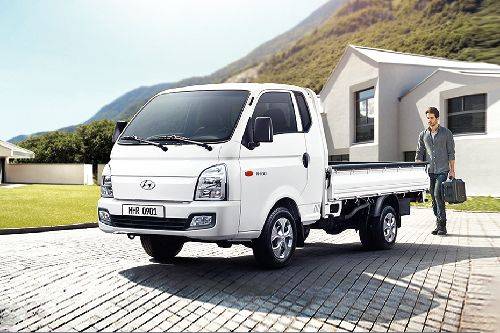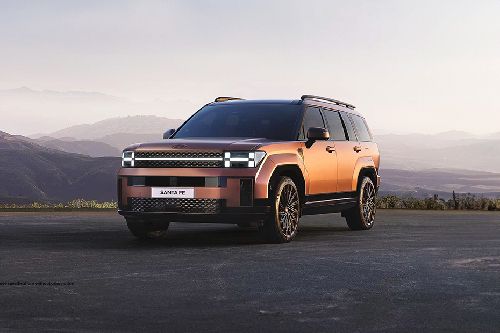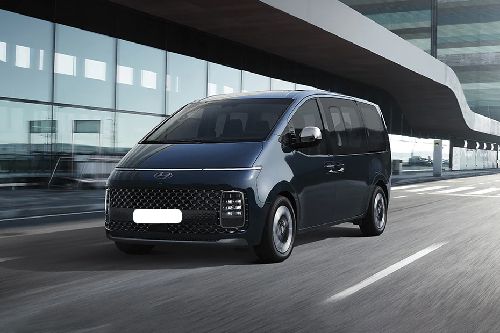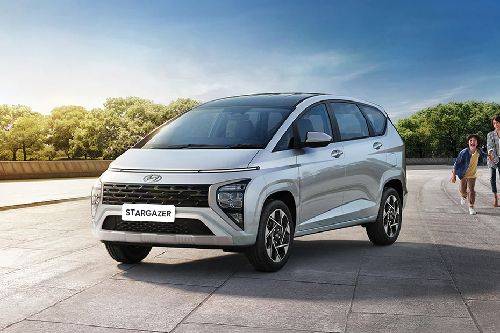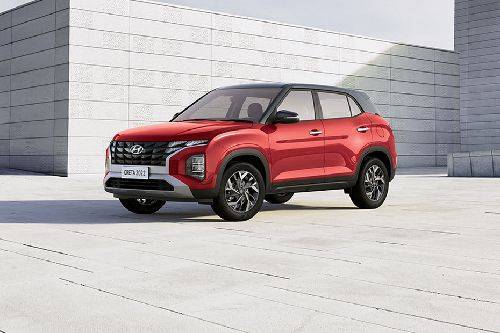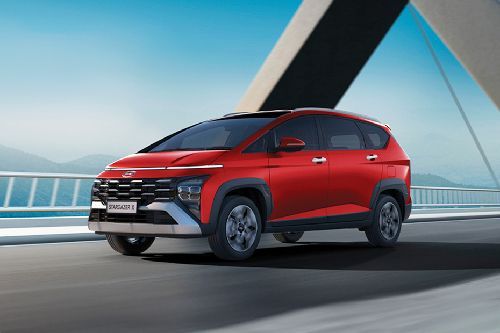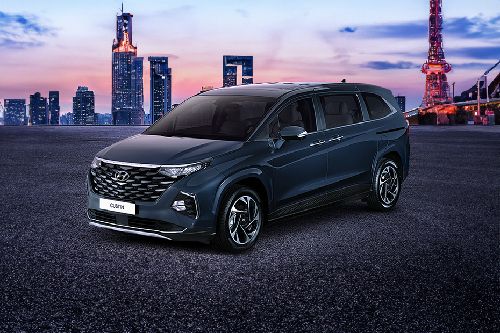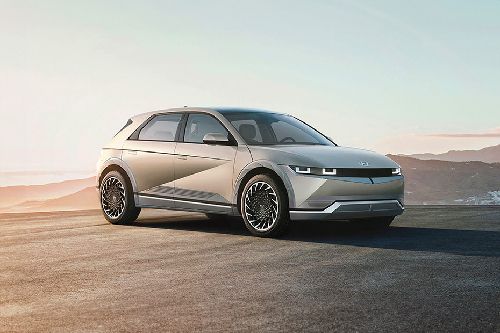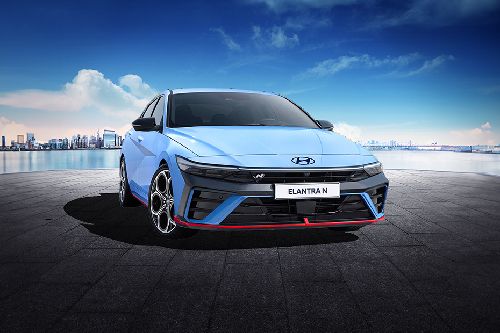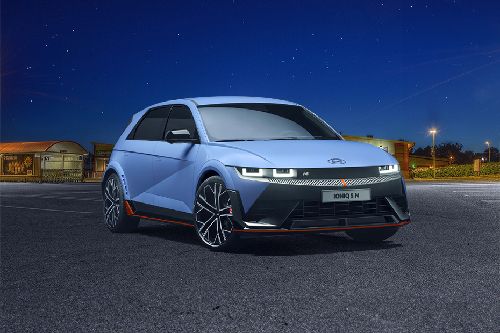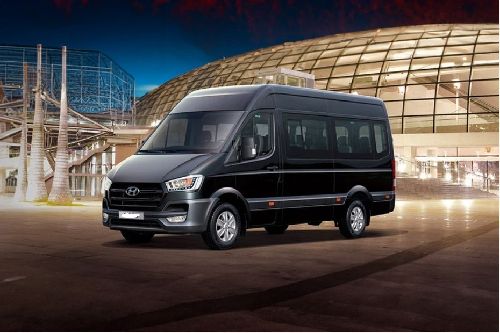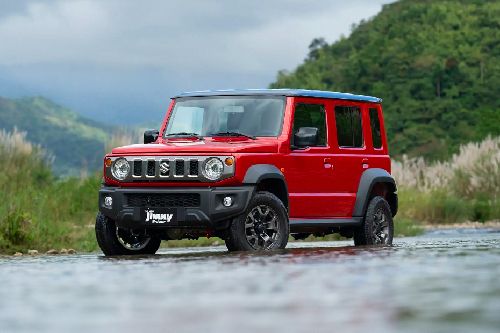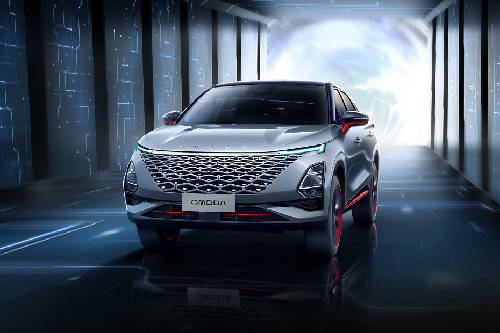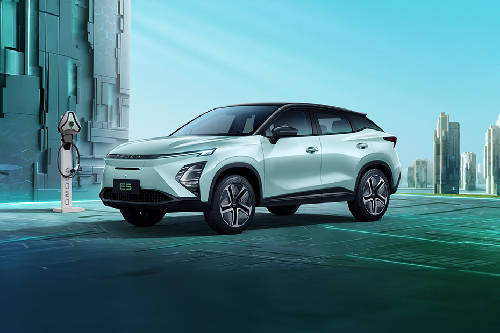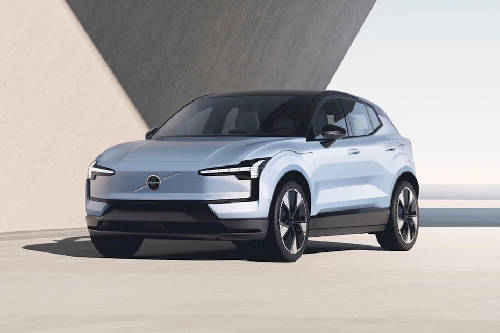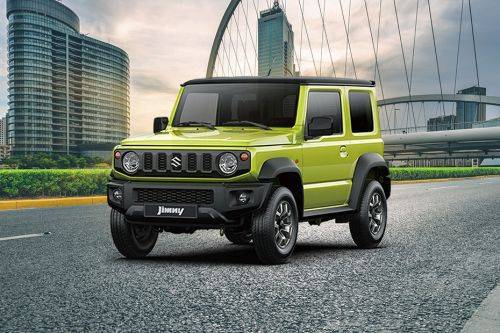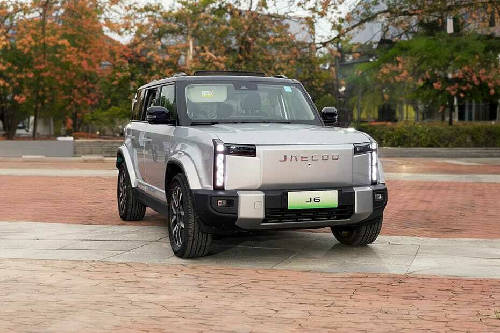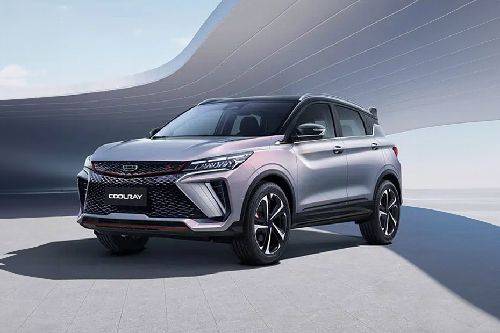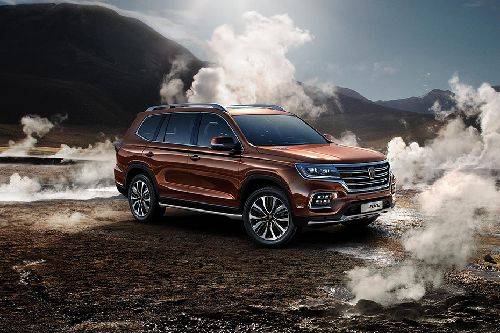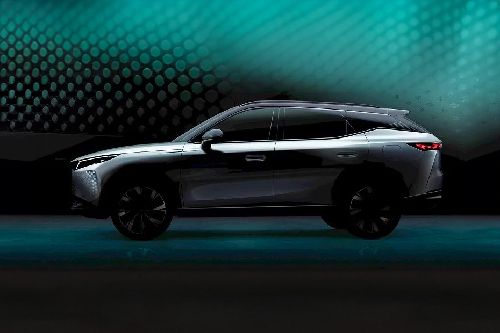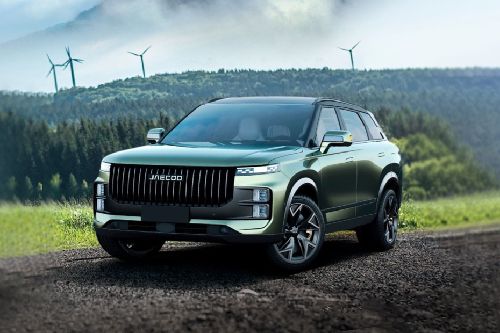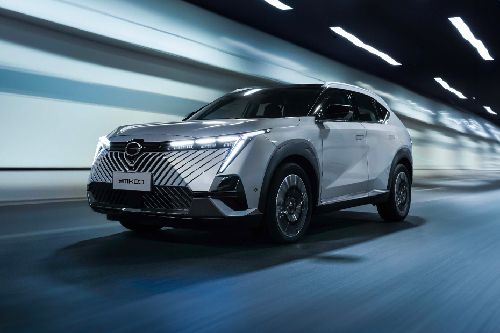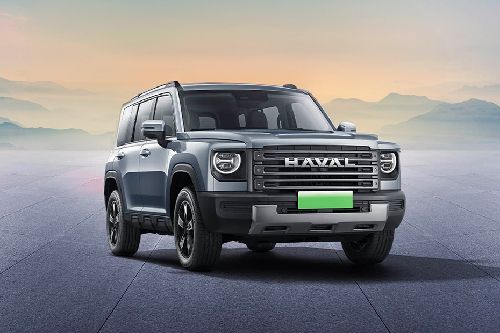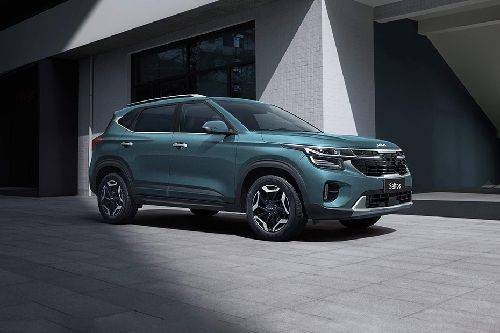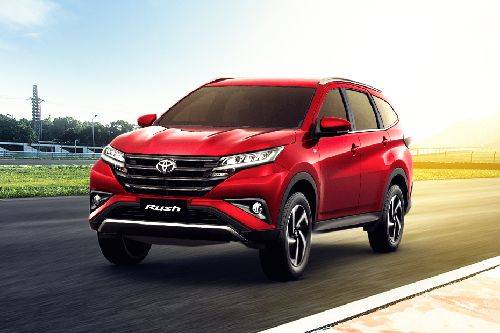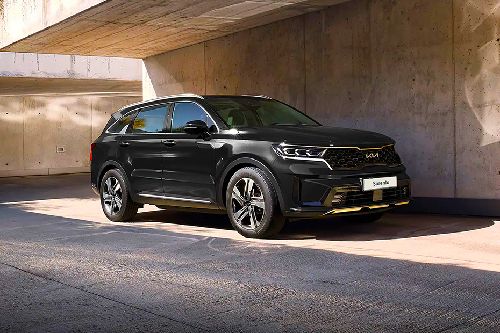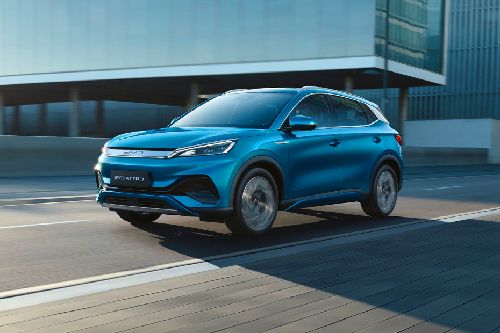2020 Hyundai Tucson portends future with 3 electrified variants, space-age design

MANILA: Hyundai Motor has finally taken the covers off the all-new 2020 Tucson, and in the process, shows the Korean automaker’s experimental new design and its commitment to clean driving with the addition of three electrified variants.

“Hyundai is the brand with the broadest lineup of electrified powertrains, ranging from mild hybrid, hybrid, plug-in hybrid, battery electric to fuel cell electric variants. With the introduction of the all-new Tucson it was key to also expand the electrification to our global best-selling SUV. This launch marks a further milestone for Hyundai, as we now offer electrified versions of our full SUV range,” says Hyundai Motor Europe President and CEO Michael Cole.

The new body is wider and bigger than its predecessor, but that isn’t its most striking exterior feature. It is the first fully changed Hyundai SUV to be developed according to the company’s new “Sensuous Sportiness” design identity. Inspired by the Vision T SUV concept, which was unveiled at 2019 AutoMobility LA, designers developed the body using geometric algorithms. This process, known as “parametric dynamics,” utilizes lines, faces, angles, and shapes created through digital data to generate prominent geometric patterns known as “parametric jewels.” The most prominent of which is on the front grille, the Parametric Hidden Lights with signature LED daytime running lights (DRLs). On the rear, it has wide tail lamps with parametric hidden light details and the rear bumper also integrates parametric pattern details with a three-dimensional effect. It is the first Hyundai model to apply hidden rear wipers, which sit under the spoiler.

It is offered with nine exterior colors overall, including three new ones: Shimmering Silver, Amazon Grey, and Teal. Customers also have the option of a two-tone roof in either a Phantom Black or Dark Knight. Each exterior body color can be combined with a two-tone roof.
“The mission of ‘Sensuous Sportiness’ is to elevate the emotional qualities of automotive design. We want our customers to feel moved. With the all-new Tucson, we are introducing its ultimate evolution and a definitive statement about Hyundai’s unstoppable forward momentum. Tucson’s advanced, experimental design is true to its pioneering spirit and raises the game in the industry’s most competitive segment,” said Senior Vice President and Head of Hyundai Global Design Center SangYup Lee.

The cabin gets a new 10.25-inch AVN-T screen without any physical knobs and buttons. All AVN (audio video navigation) and heat, ventilation, and air-conditioning functions are controlled via touch – a first for any Hyundai model. It boasts of high-quality soft-touch materials and a decluttered surface with the removal of the gauge cluster. There’s ambient mood lighting, which is positioned in the two side pockets of the center fascia, in the wireless charging pad and door map pocket. It offers 64 configurable colors and 10 levels of brightness. Customers can choose from three interior trims, including one-tone black in fabric or leather, two-tone black and beige in fabric or leather and the teal color pack. For connectivity, it offers Bluelink connected car services that offer a range of new benefits and services including locating their vehicle, locking and unlocking it remotely, or viewing vehicle attributes like fuel level, via the Bluelink app. It also comes with Apple CarPlay and Android Auto. Another first is the Multi-Air Mode technology using a combination of direct and indirect air vents for air-conditioning and heating to create a more pleasant indoor environment with more gentle air flow.
As it is 20mm longer, 15mm wider, and has a wheelbase that has been increased by 10mm, the all-new Tucson gives rear passengers 26mm of additional legroom. Boot space is up by 33 to 107 liters.
Under the hood are two engine options, a 1.6-liter T-GDI Smartstream engine with 148hp mated to a six-speed manual transmission and four- or two-wheel drive, and a 1.6-liter CRDi Smartstream engine with 113hp using a six-speed manual transmission with two-wheel drive.
As for the mild hybrid variants, Hyundai has combined a 48-volt motor with the 148hp 1.6L T-GDI, which will be available with six-speed Intelligent Manual Transmission (6iMT) and a seven-speed dual clutch transmission (7DCT). Another option is the 1.6-liter T-GDI with 177hp, which will be offered with six-speed iMT with two-wheel drive in addition to 7DCT with four-wheel drive. The 134hp 1.6-liter CRDi 48V mild hybrid engine comes with 7DCT and either four- and two-wheel drive.
The hybrid version uses the 1.6-liter T-GDI (turbocharged gasoline direct injection) Smartstream engine and a 44.2kW electric motor, with a 1.49kWh lithium-ion polymer battery. It is paired with a six-speed automatic transmission (6AT) and available with two-wheel or four-wheel drive. The system is the most powerful in the all-new Tucson’s powertrain line-up, with a combined output of 227hp power.
A plug-in hybrid version of the all-new Tucson with a 1.6-liter T-GDI engine and 261hp will also be available to customers. More details will be revealed closer to the market launch in 2021.
The 4x4 trims will come with a new Terrain Mode selector that uses Hyundai’s signature HTRAC four-wheel drive technology to enable agile handling and better torque application depending on wheel grip and vehicle speed.
In addition to different drive modes, three additional terrain modes — Mud, Sand and Snow — optimize the driving performance and HTRAC settings for an enhanced driving experience on a variety of terrain.
Customers can choose between two different suspension systems for the all-new Tucson, with both offering adaptive and conventional dampers for enhanced ride and handling.
Safety features include an enhanced seven-airbag system with a new first row center side airbag (a feature unique to this segment), Forward Collision-Avoidance Assist (FCA) with Junction Turning, Lane Following Assist (LFA) and Lane Keeping Assist (LKA), Driver Attention Warning (DAW) with Leading Vehicle Departure Alert (LVDA), Highway Driving Assist (HDA) that works in combination with LFA and navigation-based Smart Cruise Control Curve (NSCC-C), Intelligent Speed Limit Assist (ISLA), Blind-spot Collision, Blind view Monitor, Surround View Monitor (SVM), Remote Smart Parking Assist (RSPA), High Beam Assist (HBA), the new Rear Occupant Alert (ROA), and the new Safe Exit Warning (SEW) function that alerts occupants if there is oncoming traffic when they attempt to step out of the car.
Photos from Hyundai
Also read: Hyundai Kona uses lighter, stronger Advanced High-Strength Steel
Sell your car at the best price
 Verified and genuine buyers
Verified and genuine buyers
-
Explore Hyundai Tucson
Hyundai Car Models
Don't Miss
Trending & Fresh Updates
- Latest
- Popular
You might also be interested in
- News
- Featured Stories
Hyundai Featured Cars
- Latest
- Popular
Latest Hyundai Tucson Car Videos on Zigwheels

Compare & Recommended
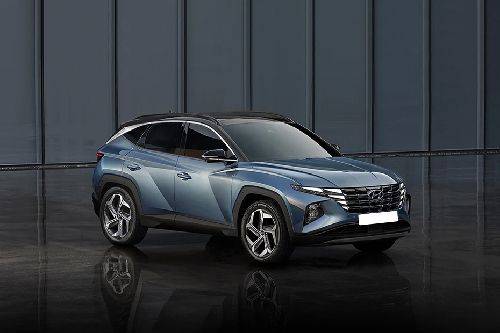
|
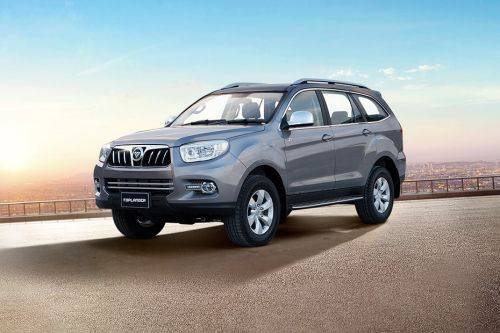
|
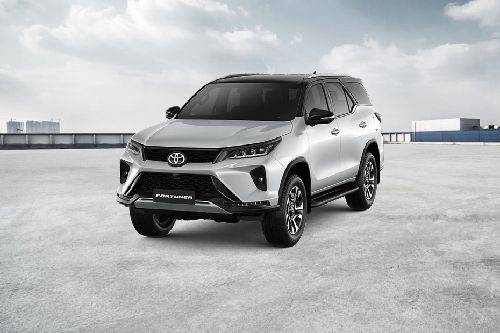
|
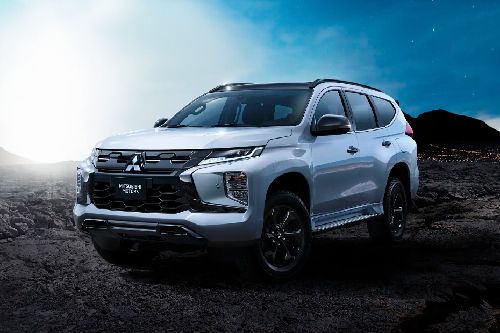
|
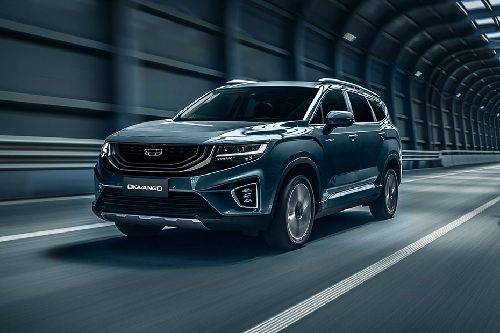
|
|
Seating
5
|
7
|
7
|
7
|
7
|
|
Fuel Type
Gasoline
|
Diesel
|
Diesel
|
Diesel
|
Gasoline
|
|
Engine
1999
|
2800
|
2393
|
2398
|
1477
|
|
Power
154
|
174
|
148
|
179
|
190
|
|
Torque
192 Nm
|
365 Nm
|
400 Nm
|
450 Nm
|
300 Nm
|
|
Transmission Type
Automatic
|
Automatic
|
Manual
|
Manual
|
Dual Clutch
|
|
|
Trending SUV
- Latest
- Upcoming
- Popular
Hyundai Tucson Car Articles From Carmudi
- journal

